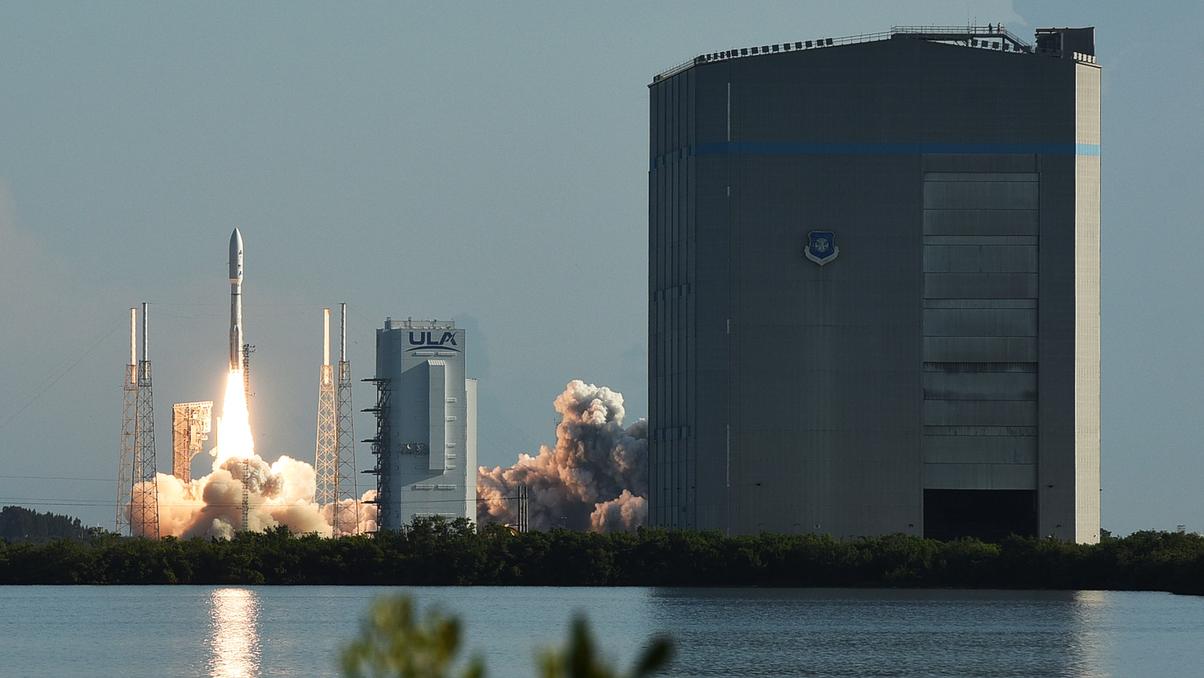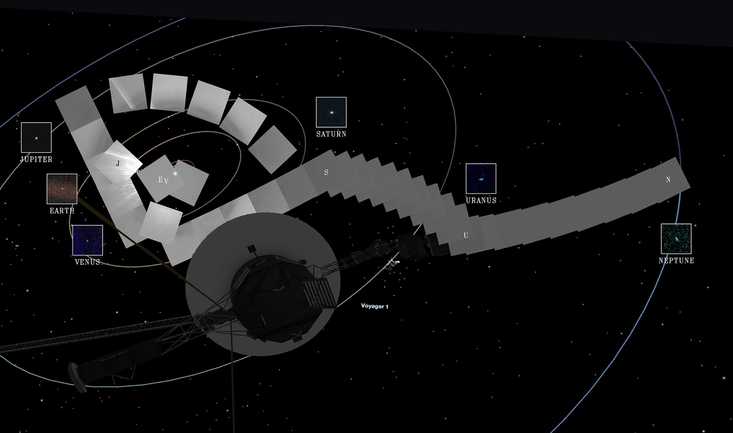NASA Has Its Sights On Mother Earth These Days … Here’s Why
A lack of funding and a lack of interest have fueled the current situation. Shutterstock
Shutterstock
News that is entertaining to read
Subscribe for free to get more stories like this directly to your inboxAfter fueling America’s space race victory in the 1960s, NASA has seen private companies like SpaceX take on much of the heavy lifting in the space exploration realm.
While many of the agency’s iconic locations still hold plenty of historical significance, they’ve largely drifted into obsolescence and disrepair. And a growing number of these structures are headed for demolition.
A complex legacy
Let’s start with a look at Cape Canaveral, which emerged as a rocket testing site in the ‘40s before it served as the backdrop for some of the most impressive feats of NASA engineers decades later. As the Apollo era saw the first lunar landing, the Kennedy Space Center became the epicenter of space missions.
Although this investment disrupted some local ecosystems, there was some effort along the way to preserve nature as much as possible. But as locations were abandoned and facilities started to decay, the impact of limited funding and lackluster public interest could be felt far and wide.
Tough decisions
At its roots, NASA is a decentralized entity with lots of things going on across the country. And since it receives one federal budget each year, the agency must decide how to divvy up the cash.
Here’s how widespread its footprint has become:
- NASA owns 100,000 acres
- That includes about 6,000 buildings
- The replacement value for all that tops $40 billion
- Most sites have a lifespan of less than 40 years
This means that projects aimed at renovating and restoring historical sites often take a backseat to efforts to modernize the agency. Since it can be cheaper and simpler to replace aging structures with streamlined new facilities, many of the old buildings are being demolished.
Between 2015 and 2020, 449 structures were torn down … and 11% of them were declared historic sites.
 Why Is The Aging Voyager 1 Probe Sending Back Incoherent Communications?
It's been speaking gibberish for a few months and officials are concerned.
Why Is The Aging Voyager 1 Probe Sending Back Incoherent Communications?
It's been speaking gibberish for a few months and officials are concerned. One Woman’s Massive Donation Is Wiping Out Tuition At This Medical School
Her inheritance came with the instruction to do "whatever you think is right."
One Woman’s Massive Donation Is Wiping Out Tuition At This Medical School
Her inheritance came with the instruction to do "whatever you think is right." Woman’s Pets Will Inherit Her Multimillion-Dollar Fortune, Not Her Kids
It's not the first time four-legged heirs were named in a will.
Woman’s Pets Will Inherit Her Multimillion-Dollar Fortune, Not Her Kids
It's not the first time four-legged heirs were named in a will.